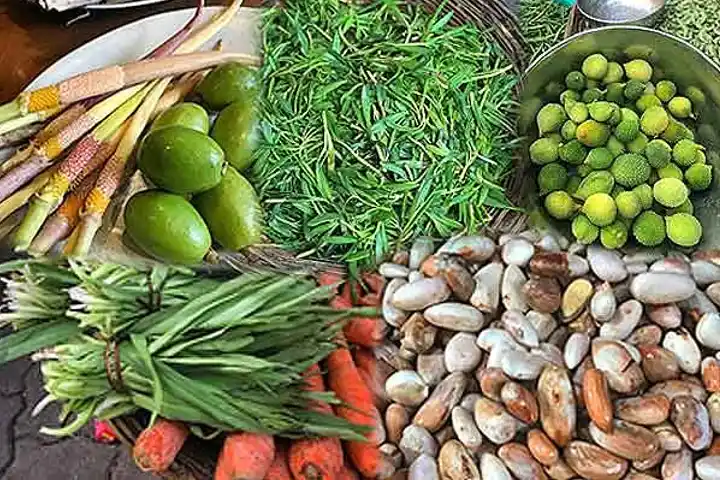As India’s consumer price index (CPI) eased to 4.25 per cent in May – a 25 month low–the country’s food inflation stood at 2.91 per cent compared to the same month in the previous year. And now as the Rabi crops start to trickle into the markets, policymakers expect there will be no added pressure on the food supply side even as concerns over an El Nino situation linger on. That apart, global oil and commodity prices have shown signs of easing as well.
As per India Meteorological Department’s (IMD) forecast released last month, southwest monsoon seasonal rains — between June and September as a whole are most likely to be normal.
“While we need to be watchful, the IMD has predicted more or less a normal scenario—so there is no need to press any alarm button at this point.. as of now we are hopeful of a good Kharif production,” a senior government official told India Narrative.
The food basket accounts for about half of the CPI basket.
Analysts tracking the agriculture sector said that sowing of crops during the Kharif season, which has just set in, is expected to be normal. Preparations such as tilling and mixing the soil have already been completed without much hassle despite untimely rains in April and May.
In fact, last month’s rains have helped in the sowing of a few key crops such as cotton and sugarcane, they said.
A bad monsoon could have a brutal impact on India’s economic recovery pushing up food prices and overall inflation and impacting food security. Irrigation of about 60 per cent of the net sown area is dependent on monsoons.
In January and February this year, the food inflation figure was 5.94 per cent and 5.95 per cent respectively. In March it eased to 4.79 per cent and then in April the figure was 3.84 per cent.
Food prices in other South Asian nations
Several other South Asian nations are reeling under high food prices. For instance, in Pakistan, food inflation surged to 48.65 per cent in May, driven by acute shortage. Sri Lanka’s food inflation was at 21.5 per cent last month but the figure has drastically improved from 30.6 recorded in the previous month. Nepal’s food inflation was 5.54 per cent and Bangladesh’s was 9.24 per cent.
Also read: Global South may heave a sigh of relief as monsoon hits India’s Kerala coast



















